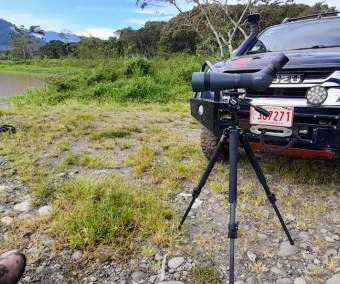How to See 300 Bird Species in 3 Days
10,000 Birds
NOVEMBER 24, 2018
Those who only raise binoculars within their own backyards might also decide one day to venture further afield to look for the ones in the field guides that aren’t making it into their limited sphere of birding. Most of all, I love showing people birds, species both common and mysteriously evasive.












Let's personalize your content